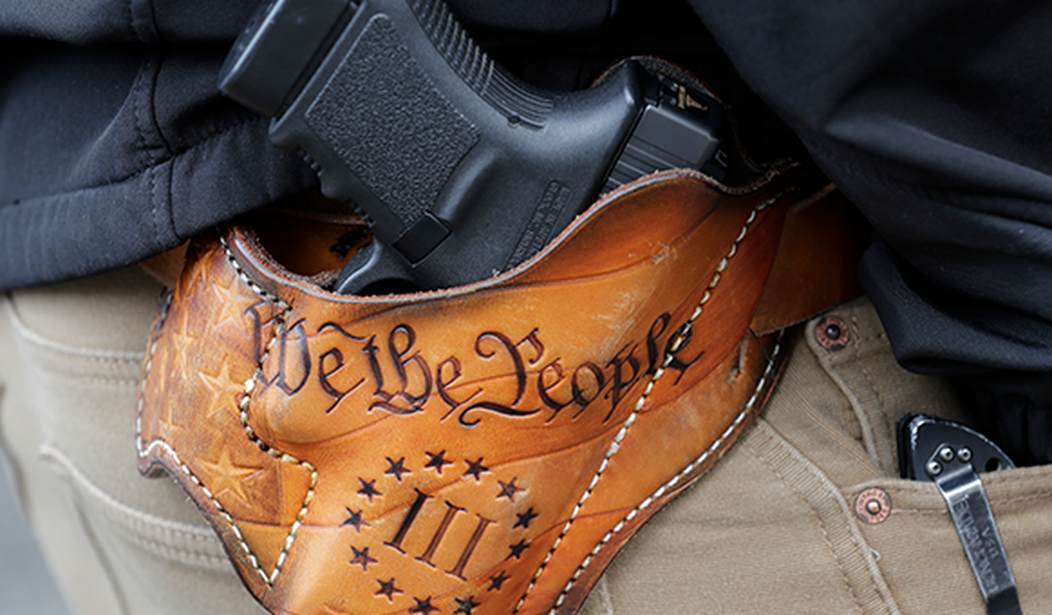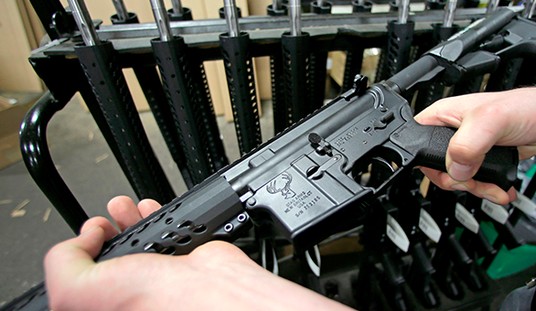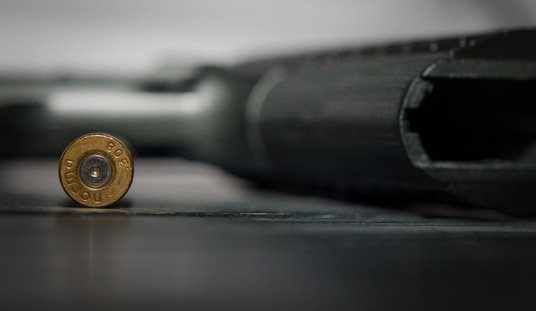A group of attorneys general from across the country have come together to back a challenge to Hawaii’s restrictive carry laws that’s currently before judges in the Ninth Circuit Court of Appeals. The appeals court has already ruled that the Second Amendment doesn’t protect a right to carry a concealed firearm, but Hawaii resident George Young is challenging a state law that requires a permit to open carry.
The state rarely grants licenses to average citizens, and a three judge panel on the 9th Circuit has already ruled that, since the Second Amendment specifically protects a right to bear arms, and the Ninth Circuit says concealed carry isn’t protected by the Second Amendment, that must mean that the right to bear arms encompasses the right to open carry.
Now Young vs. Hawaii is before a broader panel of judges on the Ninth Circuit, and the AGs in Louisiana, Alabama, Arizona, Arkansas, Georgia, Idaho, Indiana, Kansas, Kentucky, Mississippi, Montana, Nebraska, North Dakota, Ohio, Oklahoma, South Carolina, South Dakota, Texas, Utah, and West Virginia are weighing in with support for Young and the right to bear arms. The amicus brief authored by Louisiana Attorney General Jeff Landry says out a strong case for the unconstitutional nature of Hawaii’s carry laws.
Hawaii’s permitting regime functions nearly as an outright ban on carrying firearms outside the home. It is undisputed that “no one other than a security guard—or someone similarly employed—had ever been issued an open carry license” under the scheme. But carrying a firearm outside the home is necessary for self-protection, a core right of the Second Amendment. And so “the law’s burden on the right” here is severe. Such a scheme cannot survive any level of judicial review stricter than a rational basis test.
“Rational basis” is the lowest standard of court review, and basically only requires that the government only show that a law is “rationally related” to a “legitimate” government interest. The state of Hawaii is arguing that their restrictive licensing policies are rationally related to the legitimate government interest of public safety, and that the Second Amendment should offer no protection to those residents wanting to bear arms for self-defense.
In the newly filed amicus brief, the pro-Second Amendment AGs dispute that argument, noting that courts around the country have consistently reviewed gun control laws under either strict scrutiny (the highest level of judicial review) or intermediate scrutiny, a vague and fuzzy middle ground that’s allowed to courts to uphold many gun control laws. Even under intermediate scrutiny, the AGs argue, Hawaii’s licensing policy fails to pass the test.
This Court has explained that, under intermediate scrutiny, a law is unconstitutional unless the law’s defenders can show “(1) the government’s stated objective to be significant, substantial, or important; and (2) a reasonable fit between the challenged regulation and the asserted objective.”
Admittedly, Hawaii’s objective of securing public safety is “significant, substantial, or important.” But by adopting what is in effect blanket ban on carrying of firearms outside the home, Hawaii has failed to seek any “reasonable fit” between its regulatory structure and its objective of public safety.
To shore up that weakness, the Amicus brief of New Jersey, et al., in support of the petition for rehearing en banc, cites to various academic studies suggesting that bans on carrying guns decrease crime rates. But these studies do not demonstrate that Hawaii’s permitting scheme is proper under intermediate scrutiny, for two reasons. First, other studies have come to the opposite conclusion—states that allow carrying a weapon with no permit at all have lower rates of violent crime.
Thus, the safety benefits of Hawaii’s law are ambiguous or marginal. And second, even if public safety were marginally improved by banning the public carry of weapons (which Amici do not concede), a virtual ban would still not qualify as a “reasonable fit” under an intermediate balancing test. Thus, the benefits of § 134-9 are, at best, marginal or ambiguous. And the costs are high because § 134-9 strikes at the heart of a right the Second Amendment guarantees, self-protection. And so § 134-9 fails intermediate scrutiny. It goes without saying that a law unable to withstand intermediate scrutiny is doomed under a strict scrutiny test.
Considering the fact that the right to bear arms is not only enshrined in our federal constitution, and almost every state constitution as well, it’s disappointing that not even half of the states attorneys general would throw their weight behind George Young’s challenge to Hawaii’s carry laws. In fact, New Jersey Attorney General Gurbir Grewal has led a coalition of twelve anti-gun AGs in support of Hawaii’s permitting requirements for open carry, arguing that the state law doesn’t violate anyone’s constitutional right to keep and bear arms, even though the law requires citizens to articulate a specific need (self-defense doesn’t count) to carry before a permit can be granted.
Ultimately, the argument in the Young case boil down to this: if the average citizen cannot legally bear arms, is their constitutional right to keep and bear arms infringed? I think the answer is pretty clearly “yes,” but ultimately it’s a question the Supreme Court is going to have to answer, no matter the eventual decision by the Ninth Circuit in Young vs. Hawaii









Join the conversation as a VIP Member